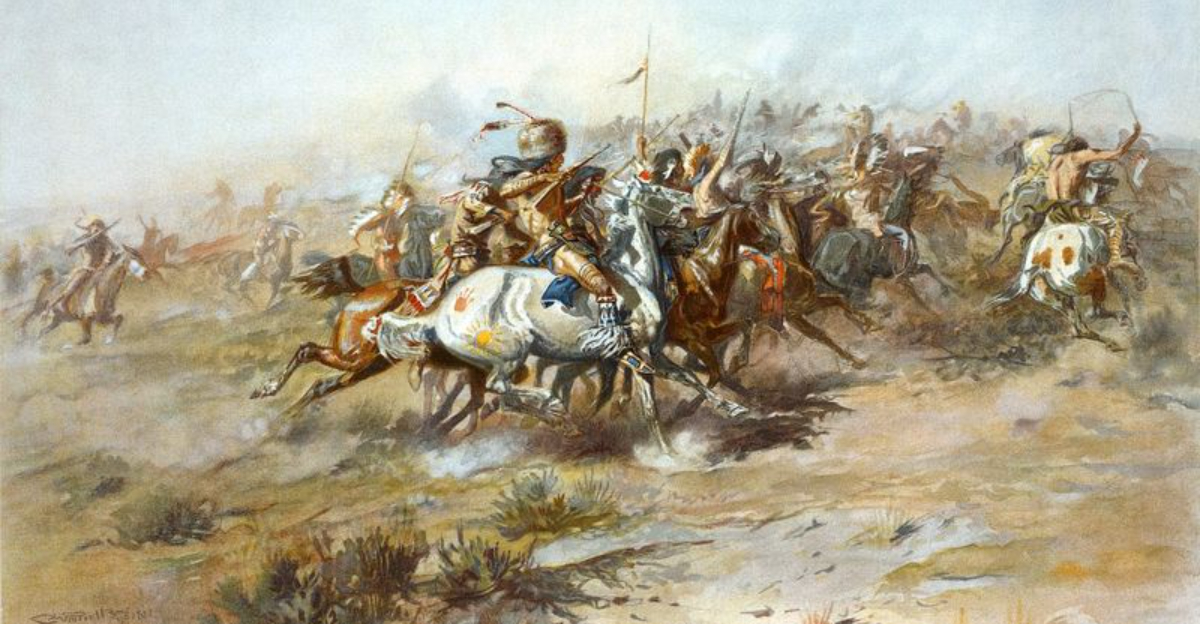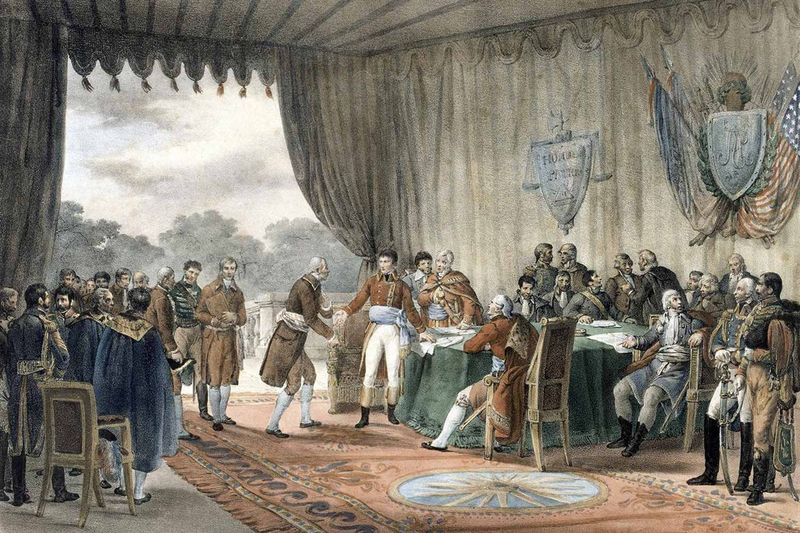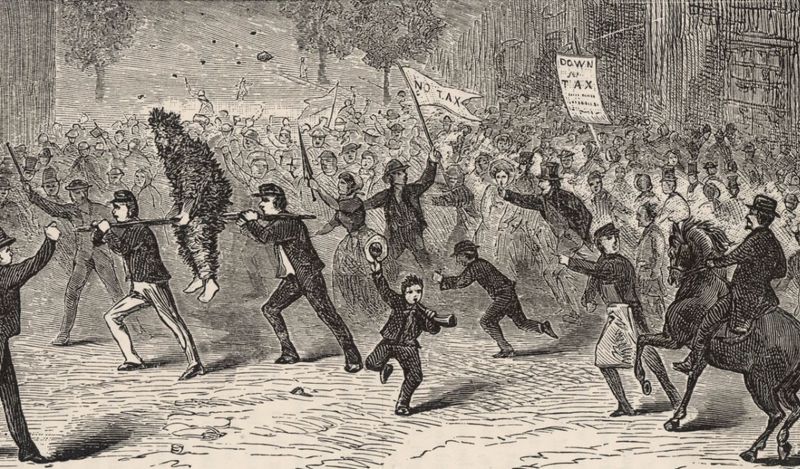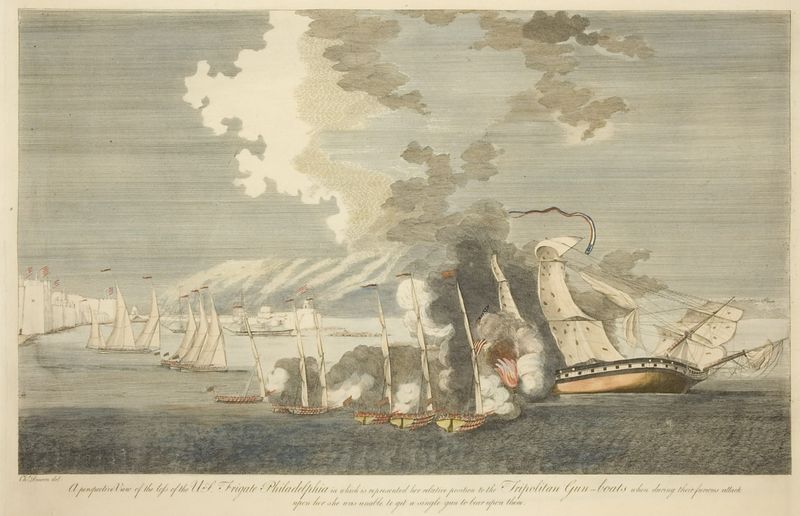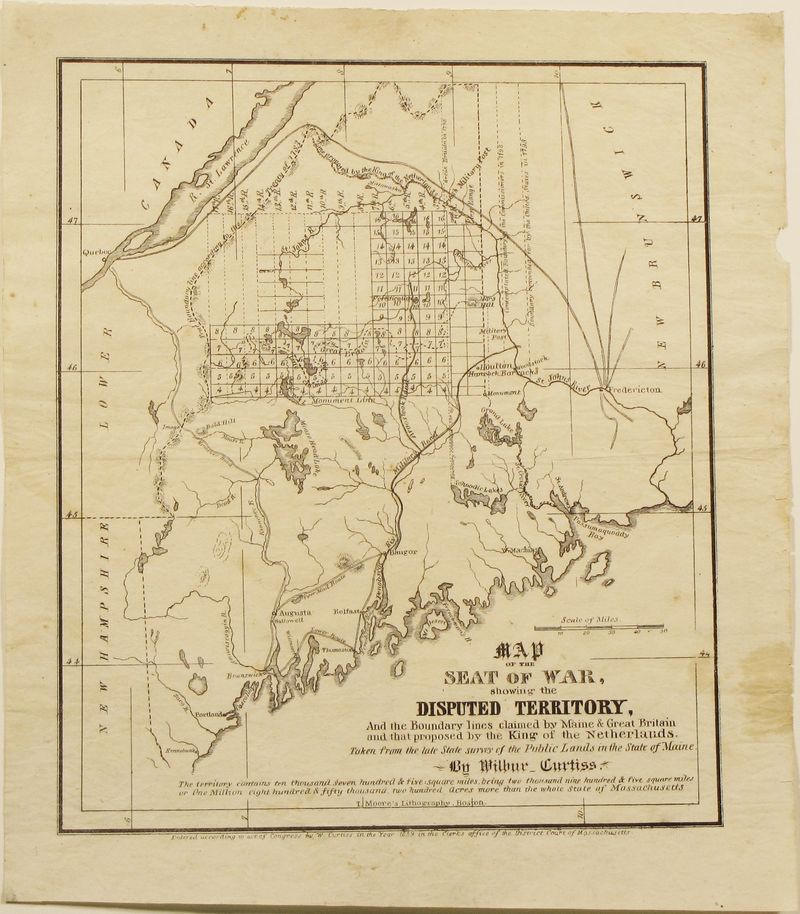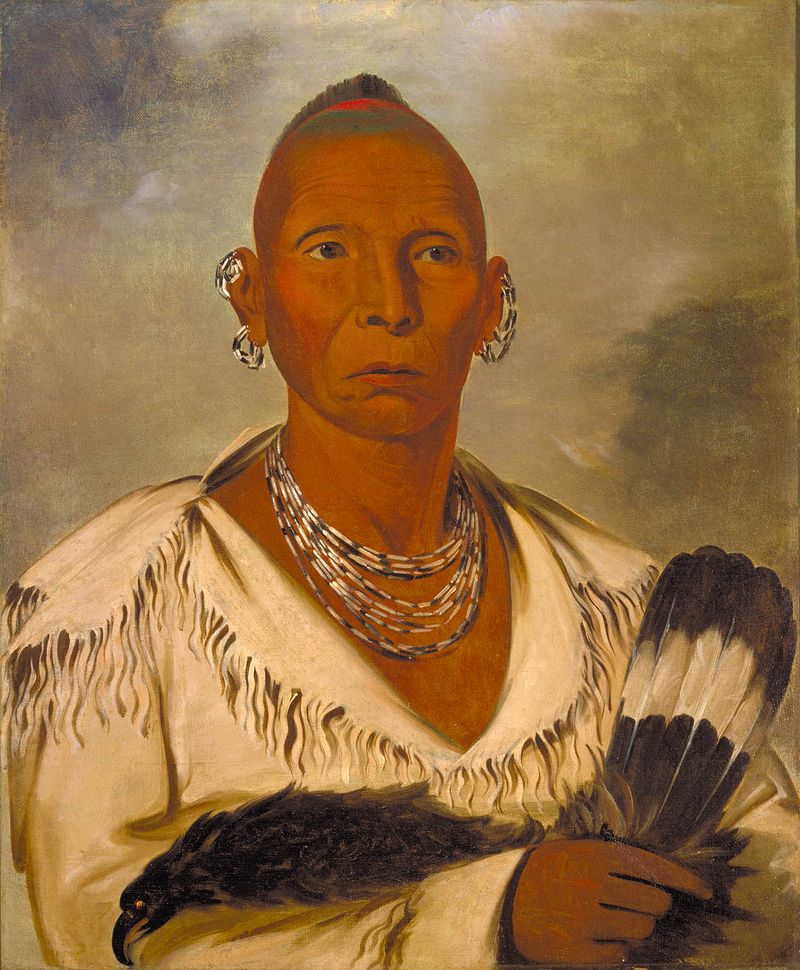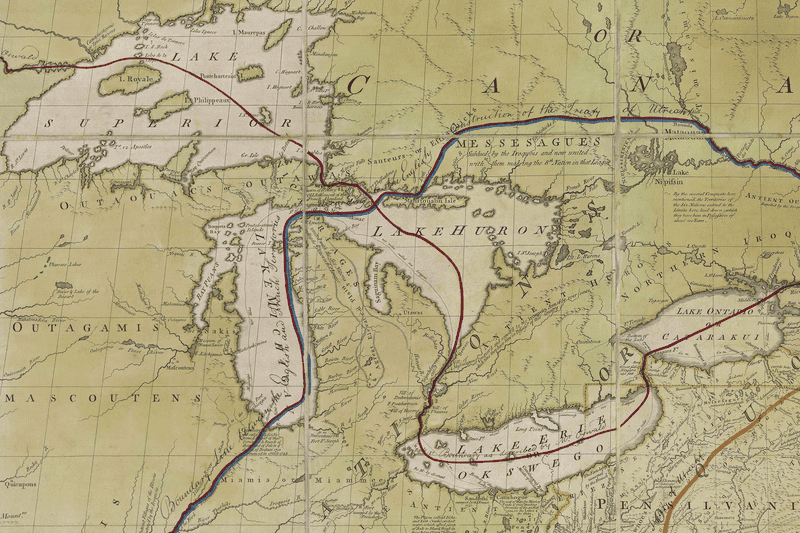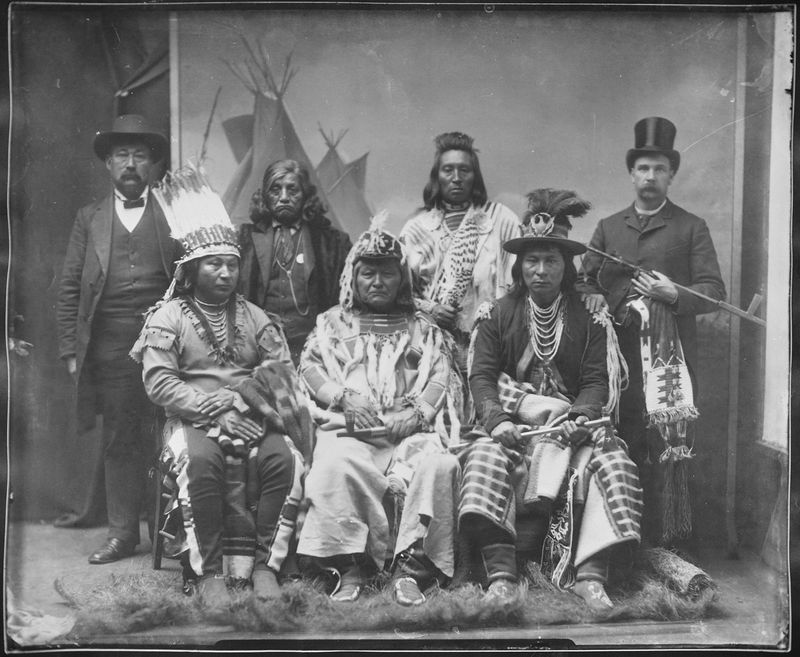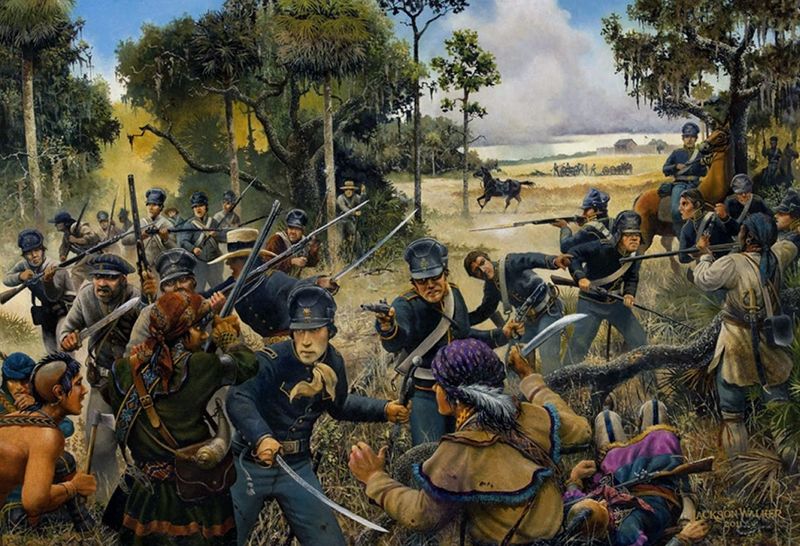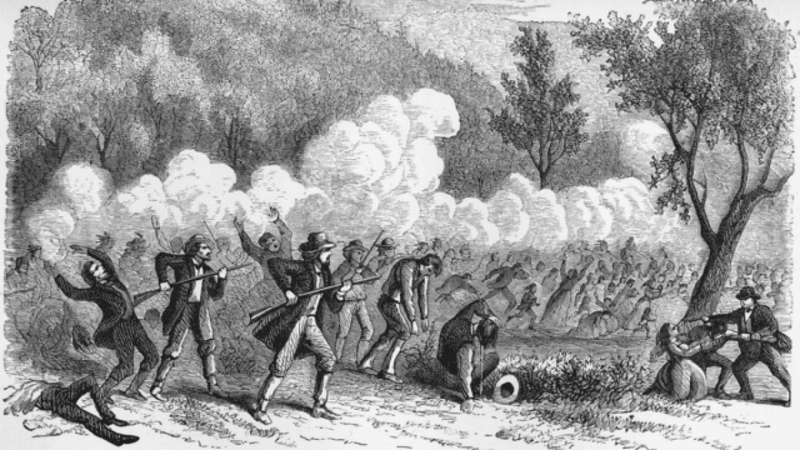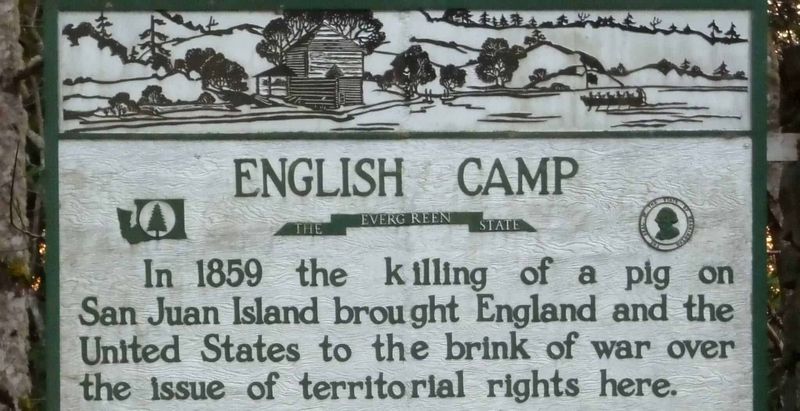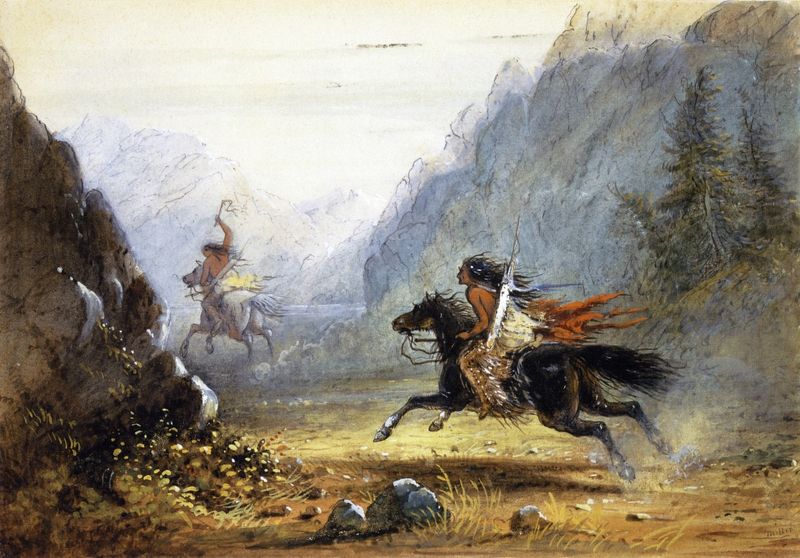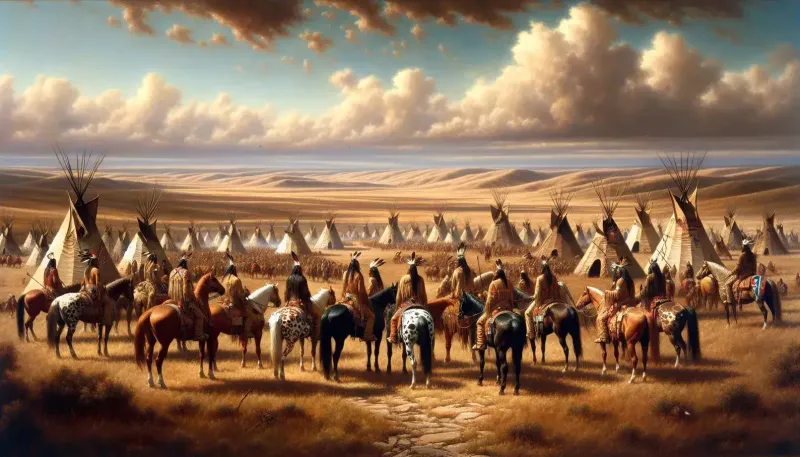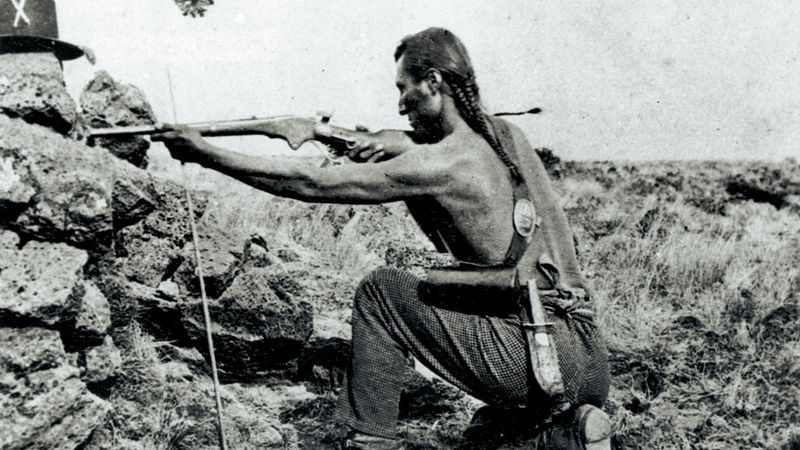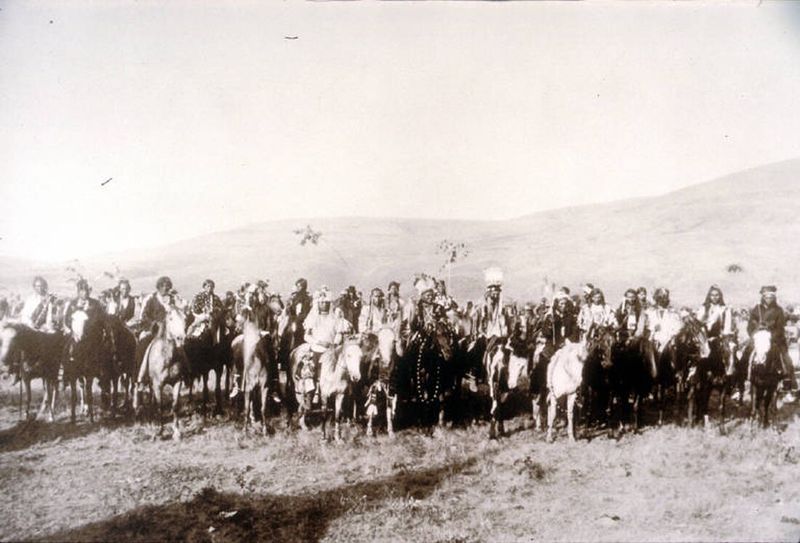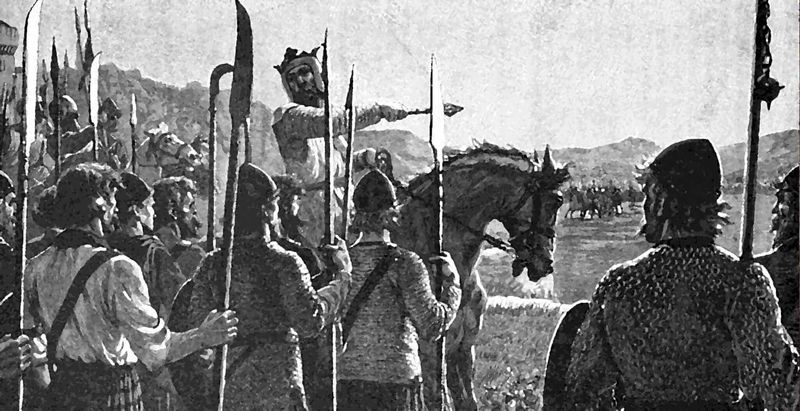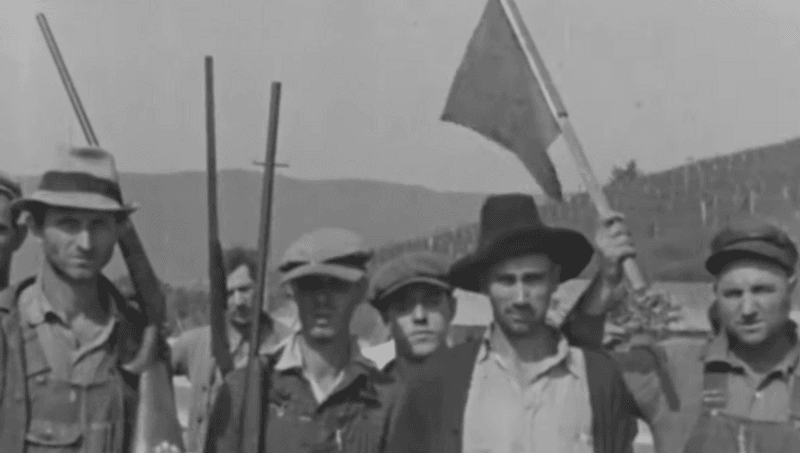In the vast tapestry of American history, many conflicts have faded into obscurity. These forgotten wars, overshadowed by larger, more publicized battles, have nonetheless played pivotal roles in shaping the nation’s destiny.
This article sheds light on 20 such conflicts, exploring their causes, impacts, and the lessons they offer for future generations.
1. The Quasi-War
The Quasi-War, an undeclared naval conflict between the United States and France, occurred from 1798 to 1800.
Sparked by French privateers seizing American ships, the conflict was mostly fought on the Atlantic Ocean.
American naval forces, newly established, engaged in several skirmishes, capturing numerous French vessels.
This war highlighted the young nation’s naval capabilities and set precedents for future maritime conflicts.
Despite its brief nature, the Quasi-War had lasting impacts on U.S. foreign policy, emphasizing the need for a strong navy.
It also led to improved relations with Britain, altering the geopolitical landscape of the time.
2. The Whiskey Rebellion
The Whiskey Rebellion of 1794 was a domestic uprising in response to a federal excise tax on whiskey.
Western Pennsylvania farmers, who relied on distilling surplus grain into whiskey, resisted the tax, leading to violent protests.
President George Washington’s decision to dispatch federal troops marked the first time the new government asserted its power domestically.
The rebellion demonstrated the federal government’s willingness to enforce its laws and maintain order.
Its peaceful resolution set a precedent for handling civil unrest and reinforced the authority of the federal government over states.
This event underscored the challenges of balancing taxation with public sentiment.
3. The First Barbary War
From 1801 to 1805, the First Barbary War saw the U.S. clashing with Barbary States’ pirates in North Africa.
These states demanded tributes from nations for safe passage of their ships.
The conflict began after President Jefferson refused to pay these tributes, leading to pirate attacks on American vessels.
The war marked the first overseas military engagement by the U.S. and tested its naval prowess.
It resulted in a peace treaty and affirmed the young nation’s resolve to protect its maritime interests.
This conflict highlighted the importance of naval power in safeguarding commerce and national security.
4. The Aroostook War
The Aroostook War, a non-violent confrontation between the U.S. and Britain, unfolded from 1838 to 1839.
It stemmed from boundary disputes in the Maine-New Brunswick region over valuable timber resources.
Both sides mobilized militia forces, but diplomatic negotiations ultimately prevailed.
The conflict showcased the effectiveness of diplomacy over military action, with the Webster-Ashburton Treaty of 1842 resolving the issue.
This war emphasized the necessity of clear boundaries and peaceful dispute resolution.
It also strengthened U.S.-British relations, promoting greater cooperation between the two nations.
5. The Black Hawk War
The Black Hawk War of 1832 was a brief but fierce conflict between Native American tribes and the U.S. army.
Led by Chief Black Hawk, the Sauk and Fox tribes attempted to reclaim their ancestral lands in Illinois.
The war ended with Black Hawk’s capture, symbolizing the relentless westward expansion of settlers.
It highlighted the struggles of Native Americans to preserve their territories against encroaching forces.
The war also exposed the tensions between settlers and indigenous peoples, which persisted throughout American history.
Black Hawk’s resistance remains a testament to Native resilience and resistance.
6. The Toledo War
The Toledo War, a boundary dispute between Ohio and Michigan, occurred in the early 1830s.
The conflict arose over the Toledo Strip, a narrow piece of land claimed by both states.
Although largely bloodless, the war involved militias and legislative battles.
The federal government intervened, granting the land to Ohio and compensating Michigan with the Upper Peninsula.
This conflict underscored the complexities of state boundaries and federal arbitration.
It also highlighted the challenges of statehood and territorial expansion in the early United States.
7. The Cayuse War
The Cayuse War, fought from 1847 to 1855, was a conflict between American settlers and the Cayuse tribe in Oregon.
It began after the Whitman Massacre, where missionaries were killed, allegedly due to spreading measles.
The conflict exposed the cultural misunderstandings and mistrust between settlers and Native tribes.
The war ended with the surrender and execution of five Cayuse leaders.
It highlighted the tensions during westward expansion and the often-violent encounters between different cultures.
The Cayuse War serves as a reminder of the struggles faced by Native peoples during American expansion.
8. The Second Seminole War
The Second Seminole War (1835-1842) was a prolonged and costly conflict between the United States and the Seminole tribe in Florida.
It was part of the United States’ efforts to remove Native American tribes from their ancestral lands and relocate them to the west.
The Seminoles, led by the formidable chief Osceola, utilized guerrilla tactics to resist the U.S. forces. The swamps and forests of Florida provided them with a significant advantage in this deadly game of cat and mouse.
This war proved to be one of the most expensive for the U.S., both in terms of dollars and casualties, and underscored the relentless determination of the Seminole people.
9. The Utah War
The Utah War, from 1857 to 1858, was a confrontation between Mormon settlers and the U.S. government.
It stemmed from tensions over federal authority and Mormon practices in the Utah Territory.
President Buchanan dispatched troops to assert control, fearing rebellion.
The conflict, largely bloodless, ended with negotiations and a pardon for the Mormons.
The Utah War highlighted the challenges of governing diverse territories and religious communities.
It reflected broader themes of federal authority and religious freedom in American history.
10. The Pig War
The Pig War of 1859 was a territorial dispute between the United States and Britain, sparked by the shooting of a pig.
The conflict occurred on the San Juan Islands, claimed by both nations.
Although tensions were high, diplomacy prevailed, avoiding armed conflict.
This odd conflict underscored the importance of peaceful negotiation in resolving international disputes.
It highlighted the absurdities that can lead to conflict and the necessity of level-headed diplomacy.
The Pig War remains a humorous yet insightful example of international relations.
11. The Snake War
The Snake War, fought from 1864 to 1868, was a brutal conflict between the U.S. army and Native American tribes in the Pacific Northwest.
It involved the Shoshone, Bannock, and Paiute tribes resisting encroachment on their lands.
The war was marked by a series of fierce battles and raids.
It highlighted the violent clashes resulting from westward expansion and the disruption of Native lives.
The conflict ended mainly due to military pressure and dwindling resources for the Native tribes.
The Snake War emphasizes the high cost of expansion and its impact on indigenous cultures.
12. The Red Cloud’s War
Red Cloud’s War, from 1866 to 1868, was a conflict between the Lakota Sioux, led by Chief Red Cloud, and the U.S. army.
The war centered on control of the Powder River Country in present-day Wyoming.
It resulted in the Treaty of Fort Laramie, acknowledging Lakota control of the territory.
Red Cloud’s War marked one of the few instances where Native forces won a conflict against the U.S.
It highlighted the resilience and strategic acumen of Native leaders.
This war underscores the complexities of U.S.-Native relations and the struggle for land rights.
13. The Modoc War
The Modoc War of 1872-1873 was a struggle between the Modoc tribe and U.S. forces in northern California.
It began after the Modocs, led by Captain Jack, left their reservation to return to ancestral lands.
The war was characterized by fierce resistance in the rugged lava beds.
Despite their small numbers, the Modocs held off U.S. forces for months.
The conflict ended with the capture of Captain Jack and other leaders.
The Modoc War highlights the desperation and determination of Native peoples to reclaim their homes.
14. The Great Sioux War
The Great Sioux War of 1876-77 was a series of battles between the Lakota Sioux, Northern Cheyenne, and the U.S. army.
The conflict arose over U.S. encroachments into the Black Hills, sacred to the Sioux.
Notable battles included the defeat of Custer at Little Bighorn.
The war ended with the Sioux’s forced relocation to reservations.
It highlighted the Sioux’s determination to defend their lands against overwhelming odds.
The Great Sioux War remains a symbol of Native resistance and the tragic consequences of U.S. expansion.
15. The Nez Perce War
The Nez Perce War of 1877 was a desperate flight by the Nez Perce tribe, led by Chief Joseph, from their homeland.
Forced to relocate to a reservation, the tribe resisted, embarking on a 1,400-mile journey.
Their strategic retreat and battles along the way showcased their resilience.
The war ended with the Nez Perce’s surrender just short of the Canadian border.
Chief Joseph’s famous speech, “I will fight no more forever,” symbolizes the plight of Native Americans.
This conflict underscores the tragic costs of U.S. policies on indigenous peoples.
16. The Bannock War
The Bannock War of 1878 was a conflict between the Bannock tribe and the U.S. government in the Idaho region.
It stemmed from tensions over reduced rations and encroachments on tribal lands.
The war involved several skirmishes and battles, but ultimately, the Bannocks were overwhelmed.
The conflict highlighted the dire conditions on reservations and the pressures faced by Native communities.
It also emphasized the broader theme of broken treaties and promises by the U.S. government.
The Bannock War serves as a poignant reminder of the struggles faced by Native peoples.
17. The Apache Wars
The Apache Wars, spanning from the 1850s to the 1880s, were a series of conflicts involving Apache tribes and the U.S. military.
Led by figures like Geronimo, the Apaches resisted encroachment on their traditional lands.
The wars were marked by guerrilla tactics and fierce resistance.
Despite being outnumbered, the Apaches utilized their knowledge of the terrain to great advantage.
The conflicts ended with Geronimo’s surrender, symbolizing the end of major Native resistance in the Southwest.
The Apache Wars highlight the resilience and tenacity of the Apache people.
18. The Ghost Dance War
The Ghost Dance War culminated in the tragic massacre at Wounded Knee in 1890.
This conflict arose from the Ghost Dance movement, a spiritual revival among Native tribes.
The U.S. government perceived it as a threat, leading to heightened tensions.
The conflict ended with the massacre of over 150 Lakota Sioux, including women and children.
This event marked the end of the Indian Wars and the suppression of Native spiritual practices.
The Ghost Dance War serves as a somber reminder of cultural suppression and the cost of misunderstanding.
19. The Battle of Blair Mountain
The Battle of Blair Mountain in 1921 was the largest labor uprising in U.S. history.
Over 10,000 coal miners in West Virginia rose against oppressive mine conditions and labor practices.
The conflict saw armed miners face off against mine guards and federal troops.
Despite being defeated, the miners’ struggle highlighted the harsh realities of labor exploitation.
The battle emphasized the need for labor reform and better working conditions.
Blair Mountain remains a significant symbol of labor rights and the fight for justice in American history.
20. The War of Jenkins’ Ear
The War of Jenkins’ Ear, from 1739 to 1748, involved Britain and Spain, affecting American colonial interests.
It was triggered by the alleged severing of British Captain Jenkins’ ear by Spanish coast guards.
The war saw American colonies supporting British efforts in the Caribbean.
This conflict highlighted the interconnectedness of global colonial empires and American colonies.
It also exposed the vulnerabilities and ambitions of colonial powers.
The War of Jenkins’ Ear underscores the complex web of international relations influencing early American history.
